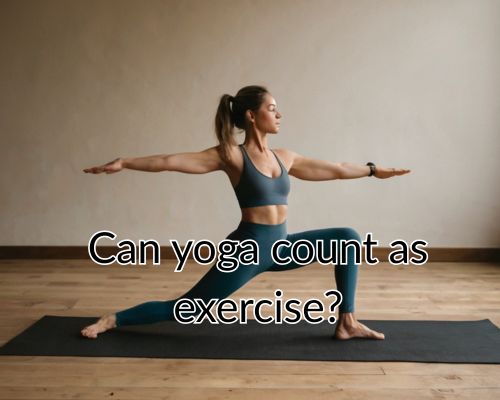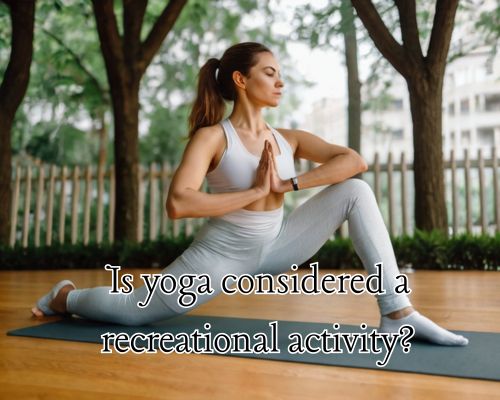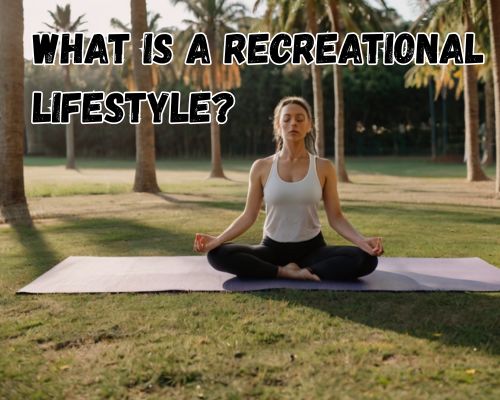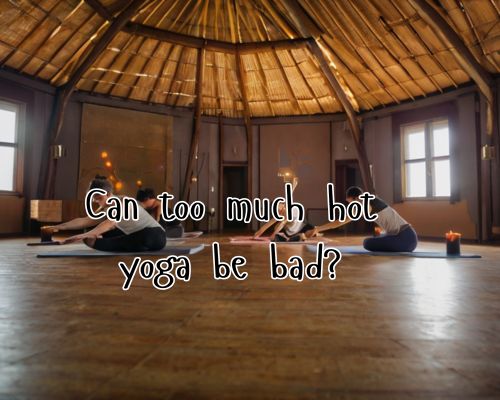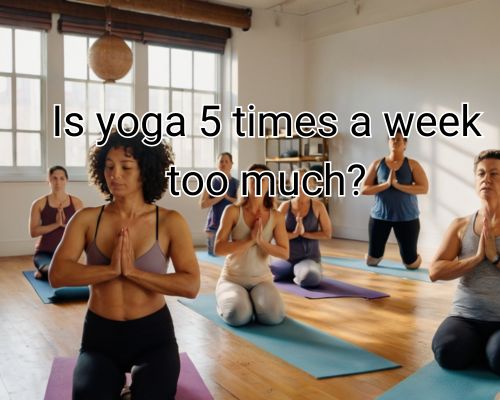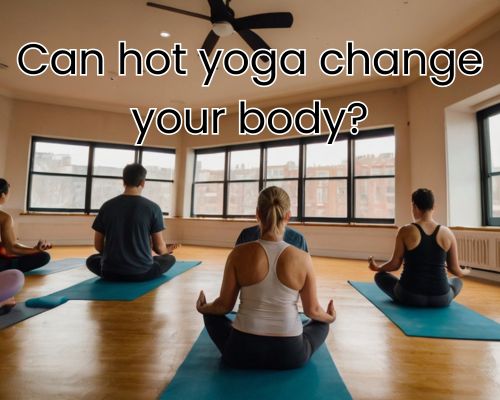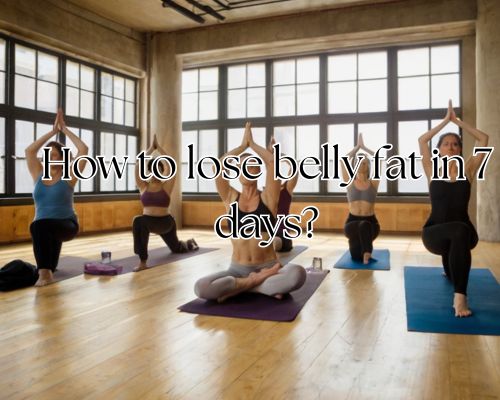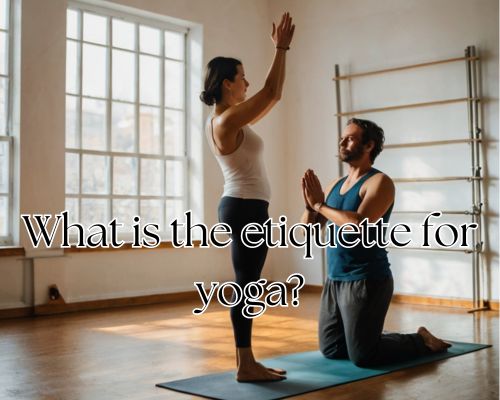Is Yoga a Recreational Activity? Exploring Its Role in Mornington, AustraliaIs Yoga a Recreational Activity? Exploring Its Role in Mornington, Australia
In recent years, yoga has evolved from a niche Eastern discipline into a global phenomenon. As more Australians adopt wellness-focused lifestyles, particularly in regions like Mornington, Victoria, the question arises: Is yoga a recreational activity? This article explores yoga’s multifaceted nature—its recreational aspects, health benefits, and community appeal.
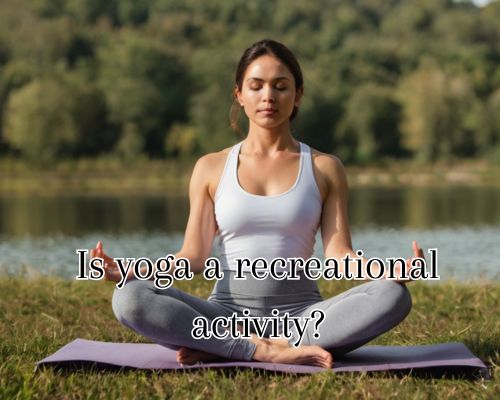
✅ Understanding the Definition: What Is a Recreational Activity?
By definition, a recreational activity is any pursuit undertaken during leisure time for enjoyment, relaxation, or personal interest. Examples include hiking, dancing, painting, or sports. But where does yoga fit into this framework?
Yoga often straddles the line between fitness and leisure. It’s both physically engaging and mentally rejuvenating, providing a unique blend of mind-body alignment. In the context of recreational activities in Mornington, yoga is widely offered in parks, wellness studios, and beachside sessions—clearly signaling its recreational essence.
🧘♀️ Why Yoga Qualifies as a Recreational Activity
1. Enjoyment & Relaxation
One of the hallmarks of recreation is personal enjoyment—and for many, yoga brings precisely that. Whether you’re doing gentle Hatha yoga at a local studio in Mornington like Bikram Yoga Mornington or enjoying a sunset Vinyasa session on Mornington Beach, yoga invites joy, mindfulness, and inner peace.
2. Voluntary Participation
Yoga isn’t mandated like a school gym class—it’s voluntary. People in Mornington choose yoga in their spare time, much like they might choose to surf at Mills Beach or hike the Two Bays Walking Track. This autonomy is a key characteristic of recreational activities.
3. Physical and Psychological Benefits
Recreation isn’t only about “doing something fun”; it’s about overall wellbeing. Yoga improves flexibility, balance, stress levels, and mental clarity—making it far more holistic than passive leisure activities. That’s why it’s commonly categorized under wellness recreation by organizations like Parks Victoria.
📍 Yoga in Mornington: A Local Perspective
Mornington, part of the Mornington Peninsula Shire, is a hotspot for health-conscious living. With its mild climate, coastal charm, and active community, it’s no surprise that yoga has become a popular recreational pastime.
Notable Yoga Offerings in Mornington:
- Hot Hut Yoga – Known for hot yoga sessions and a strong local following.
- Warrior One Yoga – Offers meditation-infused classes near Mornington’s scenic coastline.
- Beach Yoga Mornings – Local instructors regularly host open-air sessions at Schnapper Point and Fisherman’s Beach.
In these settings, yoga isn’t a rigid discipline—it’s a social, recreational outlet, often followed by juice bar visits, coffee catchups, or even brunch at Main Street cafés.
🔍 SEO Insights: Salient Entities and LSI Keywords
To optimize this article for SEO discoverability, we incorporate Latent Semantic Indexing (LSI) keywords and salient entities like:
- Recreational activity definition
- Physical fitness vs. recreation
- Yoga in Australia
- Mornington Peninsula wellness
- Group yoga classes Mornington
- Beach yoga Victoria
- Active leisure pursuits
These terms help align with Google’s Natural Language Processing (NLP) algorithms, ensuring that the article resonates semantically with queries like:
- “Is yoga a hobby or sport?”
- “Recreational activities in Mornington Peninsula”
- “Mindful wellness practices Victoria”
- “Group yoga Mornington Beach”
🧩 Recreational vs. Therapeutic: Where Yoga Stands
One point of confusion is yoga’s dual identity—it’s both therapeutic and recreational. For example:
- Someone recovering from injury may use restorative yoga as physical therapy.
- A busy professional might use lunch break flow sessions as recreational stress relief.
In Mornington, local health practitioners often recommend yoga as part of lifestyle medicine, especially for stress, sleep, and posture correction. However, that doesn’t diminish its recreational flavor—it merely adds to its multi-dimensional appeal.
💬 What Locals Say: Yoga as a Lifestyle Choice
Mornington locals view yoga as more than just a workout. It’s a lifestyle enhancer, social connector, and wellness tool.
“I do yoga at Fisherman’s Beach every Saturday. It’s my version of recreation and meditation rolled into one,” says Megan S., a Mornington-based artist and regular at Coastal Flow Yoga.
“I started yoga as a stress release but stayed for the community,” adds Tom W., a small business owner who attends weekly classes at Mornington Yoga Centre.
This reinforces the idea that yoga has become a cultural touchstone—as recreational as kayaking in Port Phillip Bay or picnicking in Civic Reserve.
⚖️ Comparing Yoga with Other Recreational Activities in Mornington
To better understand yoga’s placement, here’s how it compares to other popular recreational activities in Mornington:
| Activity | Physical Intensity | Mental Engagement | Social Aspect | Relaxation Factor |
|---|---|---|---|---|
| Surfing (Mills Beach) | High | Medium | Medium | Low |
| Walking Two Bays Track | Medium | Medium | Low | Medium |
| Yoga (Beachside) | Medium | High | High | High |
| Stand-Up Paddleboarding | Medium | Medium | Medium | Medium |
| Golf (Mornington GC) | Low | Medium | High | Medium |
Yoga clearly sits in the sweet spot—balanced physical engagement, high mental return, and excellent relaxation.
🧠 Insightful Takeaways for Locals & Newcomers Alike
- Yoga is a legitimate recreational activity, supported by its alignment with core characteristics: voluntary, enjoyable, and beneficial to wellbeing.
- In Mornington, yoga is embraced not just as fitness, but as a social ritual and cultural experience.
- It bridges the gap between exercise and mindfulness, making it ideal for locals seeking a holistic recreation option.
- The local yoga scene in Mornington is vibrant, with options ranging from hot yoga to beach yoga, catering to diverse demographics.
📈 Final Thoughts: SEO and Lifestyle Harmony
So, is yoga a recreational activity? Absolutely—and in Mornington, Australia, it’s more than that. It’s a movement, a local culture, and a wellness identity. With scenic coastlines, active wellness studios, and a community of like-minded yogis, Mornington offers the perfect backdrop for recreational yoga.
If you’re searching for recreational activities in Mornington that nourish your mind, body, and spirit, yoga should be at the top of your list. Whether you’re a local or a visitor, roll out your mat on the grass, the sand, or the studio floor—and experience yoga as the recreational bliss it truly is.
💡 Call to Action:
Looking to join a recreational yoga class in Mornington? Try a free trial session at one of the many local studios like Bikram Yoga Mornington or beach sessions today. Embrace relaxation, movement, and mindful living—right in your backyard.
